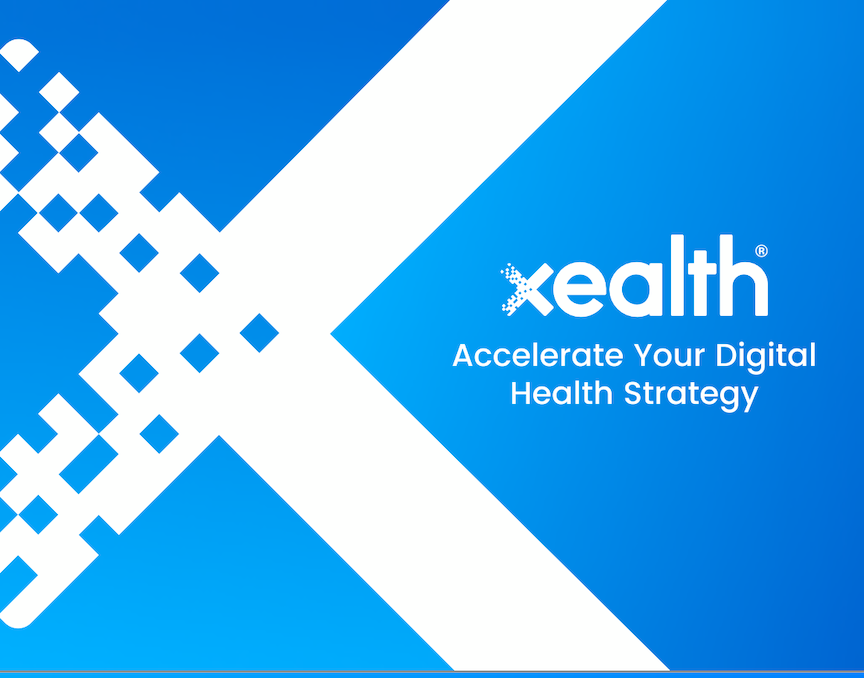Note to readers: This is the sixth post in a six-part series exploring the perspectives of digital patient engagement.
Our comprehensive series explores the importance of care providers building better digital relationships and the tactical steps they can take to make it a reality.
From understanding basic digital tools to integrating advanced analytics and patient feedback, the series is a deep dive into enhancing patient engagement and improving health outcomes.
Be sure to check out any of the previous posts you missed for full context:
- Your Patients Won’t Wait for You to Engage Them Digitally
- The Costs of Ignoring Digital Patient Engagement
- The Intersection of Digital Patient Engagement and Health Outcomes
- Why Digital Tools Are Clinical Allies
- Does Engaging ALL of Your Patients Matter?
In this culminating blog post, we consider what is possible for health systems once they’ve engaged their patient populations.
What Happens After Achieving Digital Engagement?
After efforts to enhance patient engagement through digital strategy, what should health systems focus on next?
It’s crucial not only to achieve but also to sustain and expand upon digital engagement. A highly engaged patient population is not the final goal but a starting point for more strategic initiatives that can significantly boost the value provided to patients and the system itself.
Defining a Digitally Engaged Patient Population
A digitally engaged patient population actively uses digital tools to manage their health, interacts frequently with health services online, and maintains a high compliance rate with digital health programs. These patients are more likely to:
- Stay within the health system for all their healthcare needs, protecting market share against retail health options.
- Close care gaps in essential areas such as mental health, contributing to overall better health outcomes.
- Attend scheduled appointments and procedures, reducing costly no-shows.
With robust digital engagement, health systems can confidently roll out new programs beyond the pilot phase, ready to embrace a fully scaled digital formulary.
The Role of a Digital Formulary
A digital formulary functions similarly to a traditional pharmacy formulary but focuses on digital health tools and programs. This curated list ensures that only the clinically appropriate digital assets are used, streamlining the integration into patient care and simplifying the workflow for clinicians. This standardized approach is especially effective when dealing with multiple vendors and can streamline reporting and monitoring.
Steps to Implement a Digital Formulary
- Audit assets: An audit creates an inventory of assets that can go right into your digital health formulary with little effort.
- Identify resources: An audit of existing assets gives you two critical pieces of knowledge. One is a sense of the gaps that need to be filled. The other is an idea of where existing resources can be repurposed, whether to fill those gaps or to address a new use case altogether.
- Implement platform: At a basic level, this is a one-stop shop for all your digital assets. But it’s much more than just a central repository. The primary benefits are EHR integration, performance analytics, and easy scalability.
Check out our 3-step guide to get started.
Approaching First-Dollar Partners with True Cost-Sharing Value
Shared financial risk arrangements between payers and providers has been linked to significant financial benefits, with a reported decrease of nearly 5% in the total cost of care and a 38% reduction in out-of-pocket patient expenses.
Additionally, 93% of payers who have invested in digital solutions to enhance member engagement have observed notable increases in their membership numbers.
The combination of digitally engaged patients and a digital formulary has proven to significantly enhance the efficiency and effectiveness of health systems and payers. These advancements empower health systems to deliver new value to payers by incorporating payer-sponsored tools and programs into their care delivery for members.
Integrating a digital formulary within the clinical workflow offers owned health plans a unique opportunity to provide differentiated value, further enhancing their appeal and effectiveness.
Leveraging Partnerships
An engaged patient base combined with a streamlined digital formulary places health systems in a strong position to negotiate with payers and employers.
These partnerships can drive shared savings and enhance the quality of care. For example, shared financial risks in such partnerships often lead to significant reductions in the total cost of care and out-of-pocket expenses for patients.
Real-World Impact via Xealth
- Froedtert & the Medical College of Wisconsin engaged high-risk employees in a digital weight management program, seeing collective weight loss of over 1,300 pounds.
- Children’s Wisconsin partnered with Foodsmart to deliver tailored nutritional support through the Chorus Community Health Plan.
- Scripps helps manage Qualcomm employees’ healthcare by treating specific conditions and at-risk patient populations. With our digital health integration platform, they saw a 190% increase in enrollment in Vida and a 16% bump in Lyra enrollment
Building Upon an Engaged Patient Population
With the foundation of a digitally engaged patient population and a functioning digital formulary, health systems are well-equipped to improve patient care and optimize their market position.
These systems are better positioned to negotiate value-based contracts with payers, enhancing their financial sustainability and operational efficiency. As we close this series, we encourage health systems to leverage their digital engagement success to further refine their strategies and offerings.
Request a Xealth demo today to see how these strategies can be specifically tailored to your health system.


